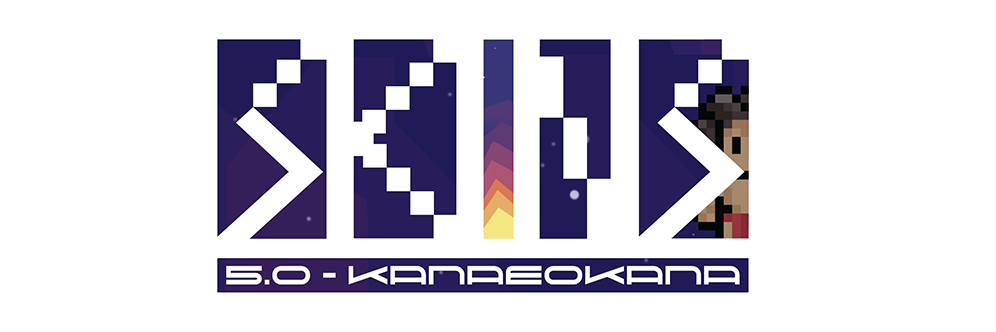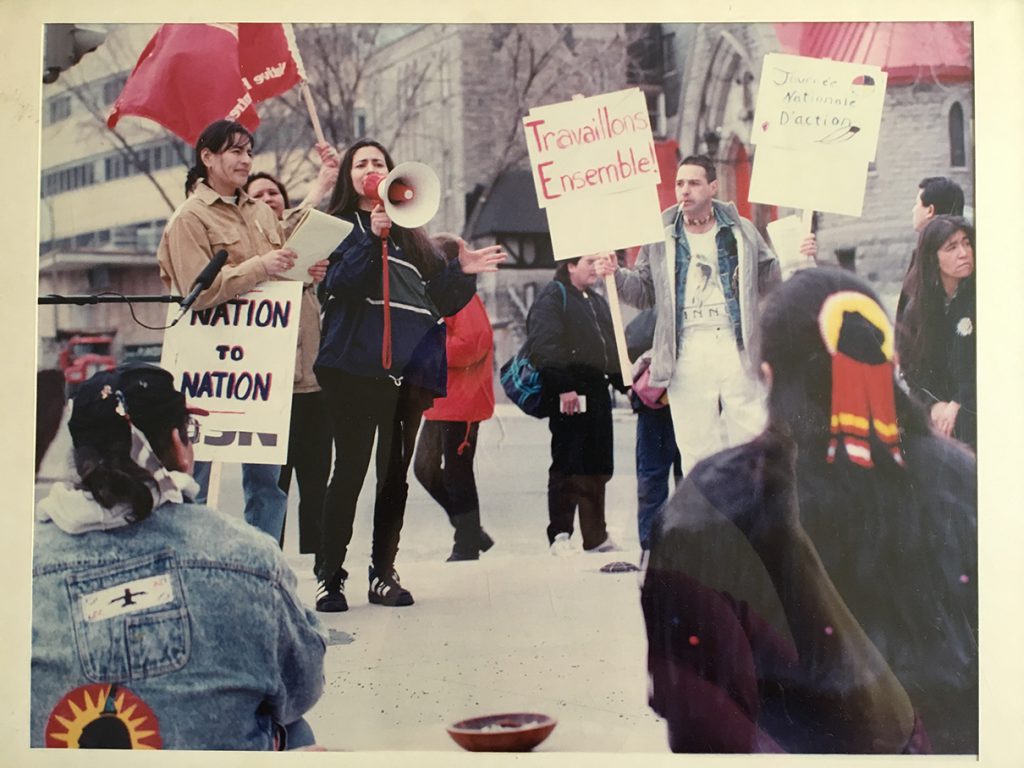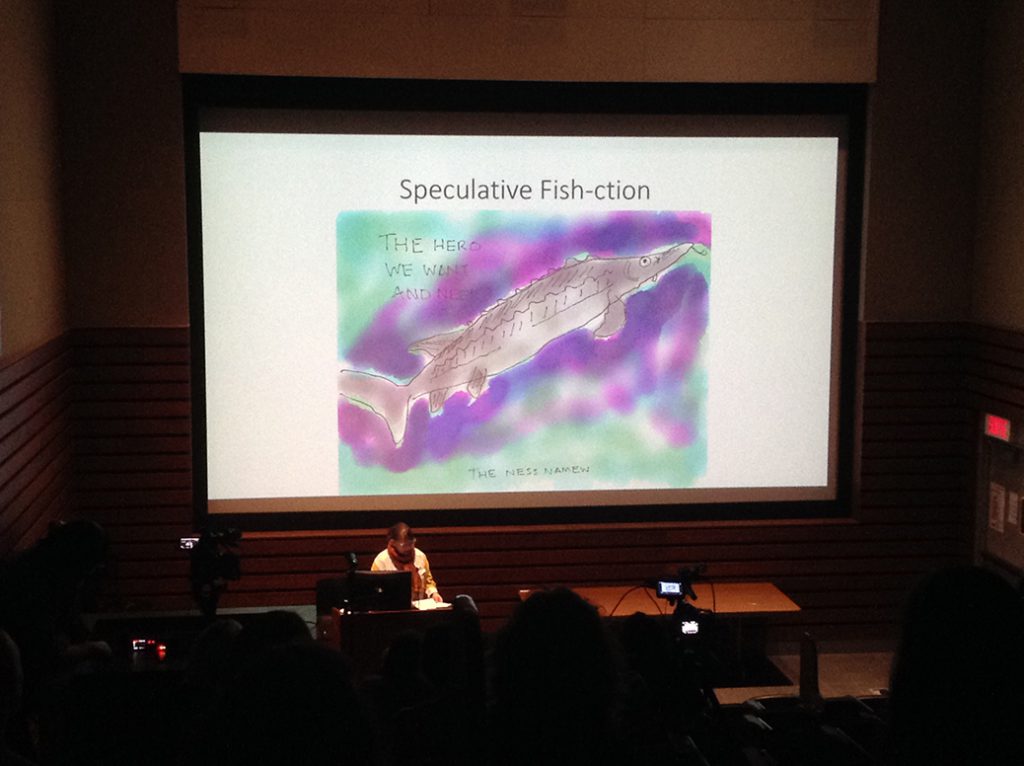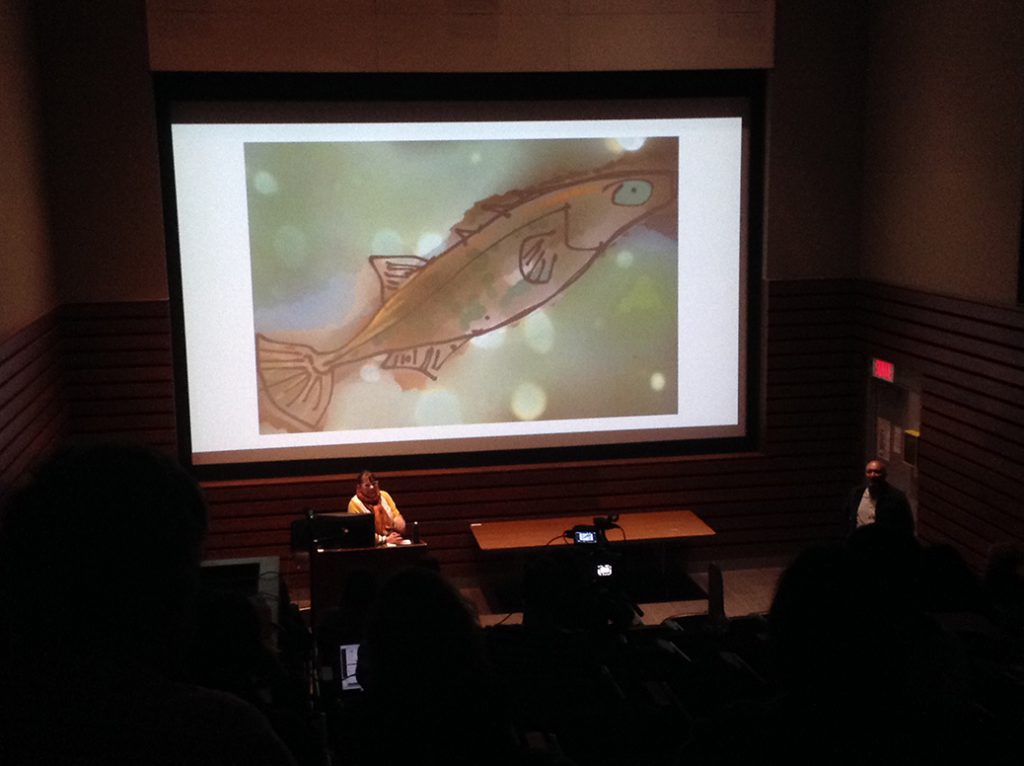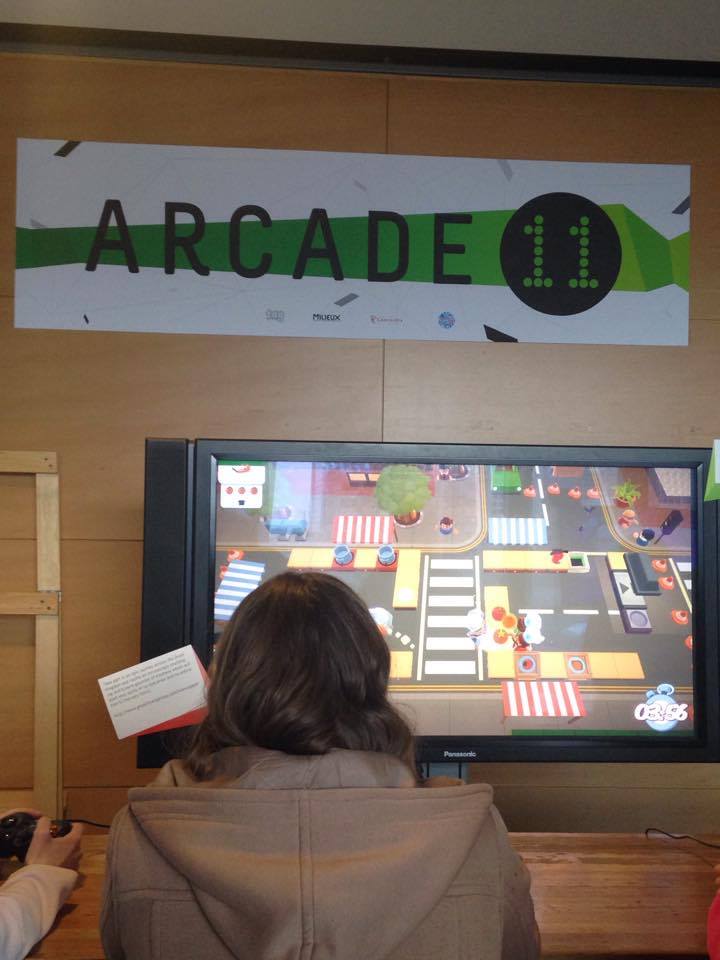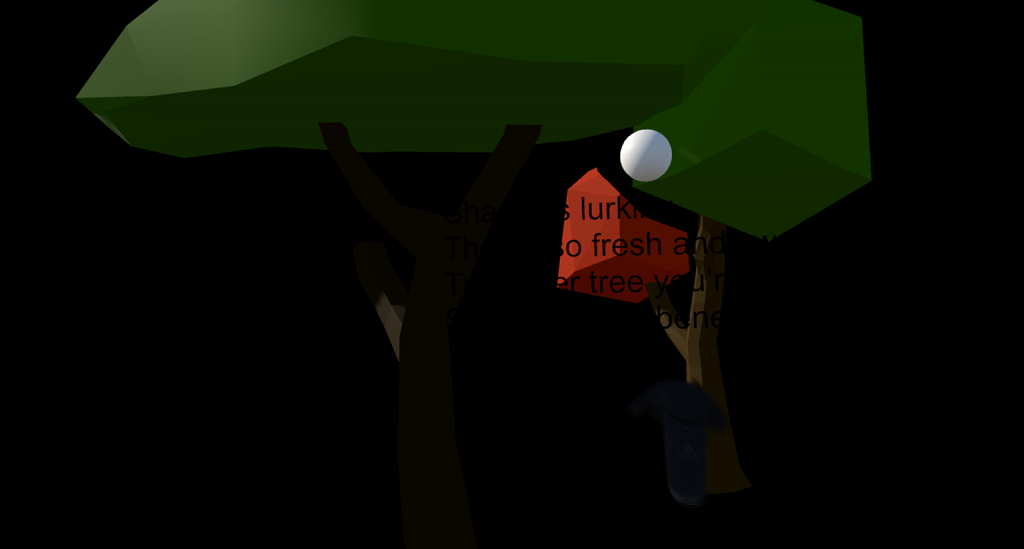Tehatikonhsatatie : For the Faces That Are Yet to Come
by Dion Smith-Dokkie
May 31, 2017
I recently attended Tehatikonhsatatie : For the Faces That Are Yet to Come, at the Maison de la Culture Frontenac in Montreal, Quebec. The Kahnawá:ke-based artists, Carla and Babe Hemlock, have exhibited extensively in the United States, notably at the Santa Fe Indian Market and the Smithsonian Museum of the American Indian as part of Native Fashion Now, organized by the Peabody Essex Museum. The show also features two collaborations with their son, Raohserahawi Hemlock, a filmmaker.
Hannah Claus, the exhibition’s curator, gave a guided tour in the presence of the two artists. Claus is a multidisciplinary artist and member of the Mohawks of the Bay of Quinte. The exhibition features numerous diverse works, demonstrating the artists’ interdisciplinary and collaborative practice. Upon entering, I saw the gallery text was written in French, English, and Kanien’ké:ha (Mohawk). This was the first time I had seen the language written in a public space in Montreal (then again, I’ve only been here 9 months…) though it nonetheless set the tone for the evening.
Claus introduced the show by way of discussing Carla Hemlock’s textile works. We started with Skywoman’s Descent (2009), whose centre is a turtle with a multi-coloured, spiral shell. Claus shared the story of Skywoman, who fell from Sky World through a hole made from roots that had fallen away from the ground as she gathered plants. A passing flock of geese broke her fall and she eventually landed on the back of a large turtle. She was given some dirt by a muskrat or otter (a point debated at the show), which she then placed under her feet and danced on the turtle’s back, spreading out the earth and thus forming Turtle Island. Looking closer at the quilts, one can see that Hemlock’s beadwork is impeccable; many quilts feature perfectly executed ropework, a technique of Iroquois beadwork that creates long spirals of beadwork.
The turtle motif returns throughout the show, in other quilts, paintings, and a digital video-montage by Raohserahawi Hemlock, in collaboration with Babe Hemlock. The piece features multiple video loops of humans, animals, and the environment shaped so as to resemble a turtle’s shell; the abundance of visual material is meant to reference the many forms of life from the Haudenosaunee (Iroquois) creation story. Raohserahawi Hemlock’s collaborative piece with Carla Hemlock sits on the opposite side of the room. A large tableau stands in front of a projected video. There is a female mannequin wearing a long jacket handmade by Hemlock as well as a old-fashioned hat. Hemlock created these garments to reference Cornelius Krieghoff paintings of women from Kahnawake at the turn of the last century as a way to witness the resilience of the women of her community. Flowing from the bottom of the jacket is a holographic material, referencing water, that trickles into a bed of roses. At the feet of the figure lies a gas mask. Projected behind the tableau is video of footage from the Rise With Standing Rock Native Nations March in Washington, D.C. this past March. This footage blends with video of children from the Kahnawake kindergarten doing the Stomp Dance.
Babe Hemlock’s interest in human intervention and manipulation of the environment is present throughout his works. The subject matter progresses from earlier paintings in the 1990s depicting Mohawk ironworkers, or Skywalkers, to recent works that engage in – might I be so bold as to say – Indigenous futurist environmental commentary. Images of gas masks, ruined and industrial landscapes, children holding their elders’ hands are present throughout the paintings. The exhibition presents four cradleboards for consideration as well. Traditionally, various Indigenous peoples used cradleboards as a way to carry children while ensuring their safety, comfort, and connection to a community. Animals like turtles and bears are present on the cradleboards as well; two of the cradleboards were produced in a traditional style and the other two in a contemporary mode. By using his paintings at different places in the exhibition, the curator creates a physical metaphor that illuminates connections between environmental health, the health of the environment, children as a reality and trope, and the future.
The show continues further on into explicitly political territory. For example, one piece features a Haudenosaunee (Iroquois) passport, a document that is not recognized by Canada. Another piece brings the viewer into an interaction with the Treaty of Canandaigua, signed November 11, 1794, allowing for the continuation of early-colonial American expansion. The piece memorializes the histories held in common by the community. Second, it highlights the political nature of being Indigenous. One could read into the exhibition a call to action, the presentation of current material conditions and histories.
One Dish, One Spoon features a beaded vase resting on a large, wooden spoon. According to Skawennati, beaded vases like this one were once commonly produced in Kahnawake for sale to tourists. What she noted with the Hemlocks’ piece, however, was the formal experimentation in the work. From one angle, the piece resembled a vase; from another, it resembled the female form; and from again another angle, it took on abstract qualities. The piece is wonderfully strange in the context of its history and stood out for this reason.
Tehatokonhsatatie: For the Faces That Are Yet to Come documents underscores humanity’s basis in environment. This was the artists’ first show in Montreal, which brings to view changes around Indigenous art and artists in the Montreal art scene and the larger issue of Montreal’s neo-colonial, liberal cosmopolitanism. The exhibition’s title comes from one of the quilts. In the work, multiple waveforms emanate from its centre. Interspersed in the waves are embroidered faces, representing future generations. Starting as small pearls and gradually growing, the faces move outwards in the wave structure. Surrounding this element are six birds, representing humanity. The viewer is reminded of their responsibility to contribute to an ethical, healthy world, in that the reverberations of one’s actions go far beyond oneself. In this way, Tehatokonhsatatie… brings forward larger discussions around environmentalism, sovereignty and stewardship, futurity, and the possibilities manifest in future generations.
Tehatokonhsatatie: For the Faces That Are Yet to Come, by Carla and Babe Hemlock, with Raohserahawi Hemlock, is currently showing at the Maison de la Culture Frontenac in Montreal (Studio 1, 2550 Ontario Street, Montreal). The nearest metro station is Frontenac. The show goes until June 16, 2017.
